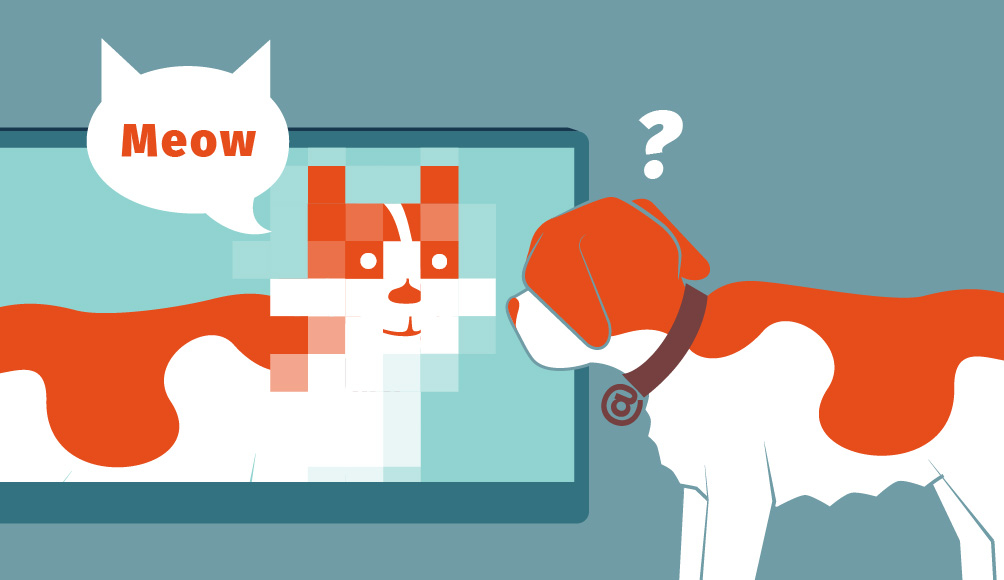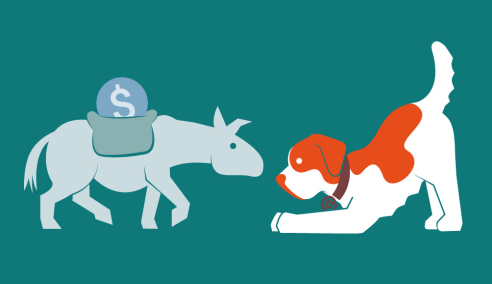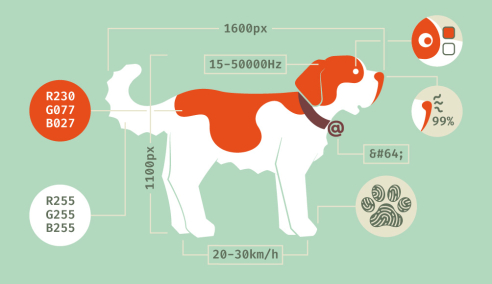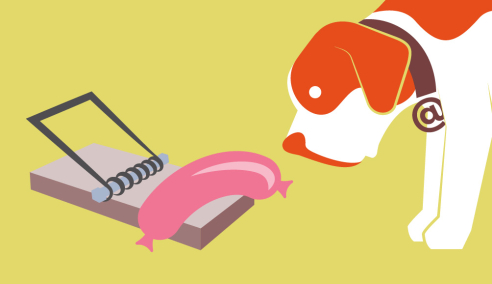Deepfakes – when video evidence lies
Internet Risks
You can't believe everything you see on the internet – even if you see it in a video. Deepfakes – fake media content created with the help of artificial intelligence – are popping up more and more frequently on social media and elsewhere on the internet. The aim is often to spread false information. Deepfakes are a problem not only for celebrities and politicians.

If you find something on the internet and can hardly believe your eyes, you are probably dealing with a deepfake. The word is a combination of "deep learning" and "fake". Deep learning is a form of artificial intelligence (AI) where the AI "learns" from examples and is then able to imitate what it has learned. This is exactly what deepfakes do. For example, the AI may first learn what a person's face looks like. Then the face can be inserted into any video.
Deepfakes occur in different forms:
- Replacing a face
- Replacing lips (so that the person appears to be speaking a different text)
- Imitating a person's voice
- Digital avatars (completely artificially created face and voice)
Deepfakes as such aren't criminal. Their legal applications may include:
- Film and TV productions for entertainment purposes (see examples at the end of the article)
- Art or satire
- Research applications
- Integration with video conferencing to reduce bandwidth requirements
Although deepfakes as such are not illegal, their use may still break the law – especially relating to data protection and copyright. But deepfakes may also be used with clearly questionable or even unlawful intent, including:
- Pornography: A very large number of deepfakes are pornographic. They involve inserting the faces of people – such as famous actors or ex-partners – into pornographic content.
- Fake news: Spreading false information and fake news, such as during elections or currently in the war in Ukraine.
- CEO scams: Deepfakes also take CEO scams to the next level. Cybercriminals may, for example, imitate the voice of a company's CEO, with the aim of releasing a payment by phone.
- Fake job applicants: Deepfakes are also used in online job application interviews. Cybercriminals use them to conceal their identity while trying to gain access to customer or company data.
- Blackmail: Deepfakes can be used to create images and videos that purport to show people engaging in indecent or illegal behaviour for the purpose of blackmailing them.
The number of cases in which deepfakes are used for cybercriminal activities is still manageable. But the technology is developing rapidly. The computing power required for deepfakes is steadily decreasing. And the quality is improving all the time. It should therefore be assumed that the problems involving deepfakes will increase.
How to detect deepfakes
A healthy dose of scepticism can help you stay safe even in the age of deepfakes. No matter what you see and hear – only what you can verify is really true. Given the current state of technology, deepfakes are still recognisable if you look closely – at least for now. If you suspect you may have a deepfake in front of you, pay attention to the following points:
- Common sense: Does it make sense for the person in a video to be doing what they appear to be doing? If you find something on the internet that looks suspicious, it's usually worth checking what you've found before you share it.
- Unnatural head movements: The person's face often appears to move slightly independently of the rest of their head. This looks unusual or unnatural ("uncanny valley").
- Look closely: Rapid movements are sometimes lost in video editing. This means that a cough or a sneeze can be heard, but the corresponding facial movement cannot be seen.
- Details: Because deepfakes are generated automatically, irregularities can often be spotted in small details, such as glasses, facial jewellery, or light reflections in the eyes of the persons depicted.
- Frame by frame: If you look at a video frame by frame, it's easier to notice any inconsistencies.
- Turn of the head: If you suspect your conversation partner in a video conference to be a deepfake, you should ask the person to turn their head completely to the side. As a rule, the deepfake will no longer know where to correctly insert the face in the image.
- Fact check: Can you find a potential deepfake video on trusted news sites as well? Or can you find the same but unedited video by googling a description of the video?
Universities are already announcing successes in the automatic detection of deepfakes. A team from the Information Sciences Institute at the University of Southern California, for example, is able to detect deepfakes with a 96% success rate.
And how do you prevent yourself from becoming a victim of a deepfake?
A convincing deepfake requires a high volume of image and sound material of the person to be faked. So if you want to keep your face unique, you shouldn't put too much of yourself online. If there are no or only incomplete recordings of a person's voice or face, no AI can imitate them.
Additional information
YouTube
Deepfakes in Star WarsYouTube
"The Heart Part 5" music video by Kendrick LamarUSC Information Sciences Institute, USA
Research paper on detecting deepfakes using AICornell University
Method for detecting deepfakes using irregularities in the reflection of light



